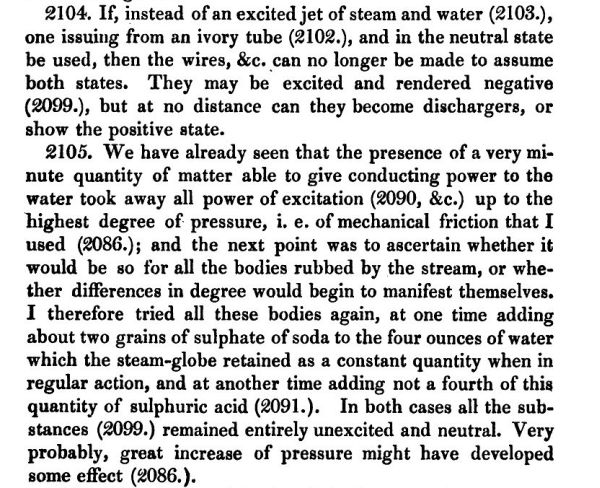Monday, February 18, 2013
Capacitive dynamo
An extremely old idea becomes practical, thanks to some Korean researchers. As reported here, they have plugged a hole in the most basic foundations of electricity.
Magnetic dynamos were invented early and brought to perfection by 1900. But capacitive dynamos were never developed. Why?
On paper you should be able to turn mechanical motion to electric motion equally well by both methods. And in practice you can do it both ways ... but until now, nobody had found a practical way to generate useful amounts of power by capacitive effects, while the magnetic methods produced megawatts easily.
Capacitor microphones, found in every audio device now, are capacitive dynamos. They create tiny charge motions, insufficient to drive any useful load. Their tiny currents can only modulate a larger current in a FET amplifier placed immediately next to the mic.
These Koreans produced useful amounts of power with an unexpected and rather sneaky trick. Sandwich a drop of water between two horizontal metal plates coated with Teflon. Apply mechanical force to vibrate the bottom plate up and down slightly. Well, seems a lot like a capacitor mic, so what's the trick? The trick is that the surface area of the water changes as the drop is squashed and unsquashed; and the changing area of contact turns out to be remarkably effective at driving electrons in and out of the plates. See the movies at the above link.
Another triumph for small experimental science. Fetishist wackos describing themselves as "physicists" continue to spend billions and billions and billions and billions and billions on their Large Hardon. Their only goal is to add new terms to their bizarre nonsensical jackoff equations, and they haven't even achieved that. Pure destruction, pure waste, pure consumption. Meanwhile, this elegant little hundred-dollar experiment opens a huge new field of endeavor.
= = = = =
Back in 1844, Faraday came ever so close to this effect during his unbelievably exhaustive experimentation. He was working with fine drops of steam passing through a small pipe made of various materials:
 For more of Faraday, see page 130 of this PDF.
For more of Faraday, see page 130 of this PDF.
 For more of Faraday, see page 130 of this PDF.
For more of Faraday, see page 130 of this PDF.Labels: 20th century Dark Age
